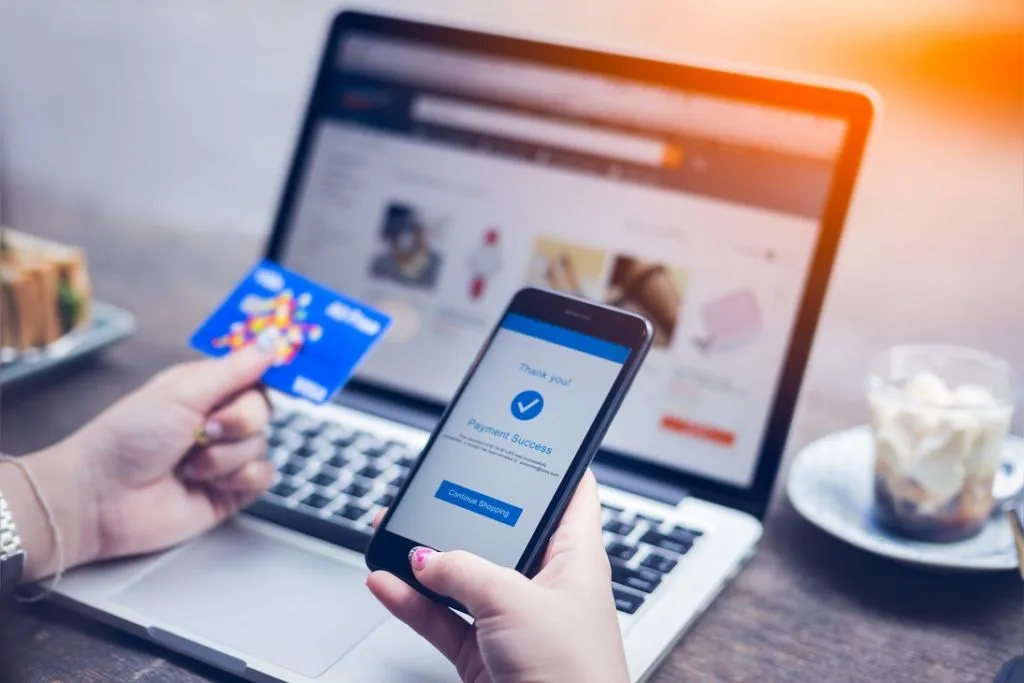Online transactions have become a natural part of daily life, from grocery orders to international business deals. Convenience is clear, but so are the risks. According to a Statista report, global e-commerce losses due to online payment fraud reached over $41 billion in 2022, with projections climbing higher each year.
For families and businesses alike, safeguarding payments is no longer optional. It is central to financial well-being. To make sure payments remain both safe and seamless, a thoughtful approach that combines technology with good habits is required.
Creating a secure environment before entering payment details
A safe payment begins long before a credit card number is typed in. Devices and networks form the first layer of protection. A clean, updated system drastically lowers exposure to attacks. Public Wi-Fi, for example, is notorious for exposing unencrypted data, which is why experts consistently advise avoiding sensitive transactions on such connections.
Organizations that rely heavily on secure digital processes often lean on specialized professionals. A skilled Linux administrator ensures servers are patched, firewalls configured, and logs monitored. On the individual side, enabling antivirus protection and running browser updates helps create a protective bubble before even accessing a payment gateway.
Think of it like checking that a car’s brakes and tires are in order before starting a road trip.

Choosing reliable payment gateways and platforms
Once a safe environment is in place, the focus shifts to the payment platform itself. A trustworthy payment gateway acts as the bridge between buyer, seller, and bank. Features such as encryption, tokenization, and PCI DSS compliance should be non-negotiable. According to Visa, tokenization alone reduces the risk of fraud by replacing sensitive card numbers with unique codes that hold no value outside the transaction.
When deciding which gateways deserve trust, there are several markers that stand out:
- Encryption protocols ensure data is scrambled during transfer, making it unreadable to outsiders.
- Tokenization systems replace card numbers with unique codes, cutting off value to hackers.
- PCI DSS compliance signals adherence to strict industry standards for secure handling of payment data.
- Visual security cues like a padlock icon and “https” in the URL confirm a secure connection.
- Reputable providers with a global footprint reduce the risk of payments passing through unstable systems.
In practice, choosing platforms with strong track records and global reputations can be the difference between a seamless purchase and a costly mistake.

Avoiding unnecessary data sharing during purchases
One of the most overlooked mistakes in online shopping is giving away more details than the payment requires. Many sites ask for phone numbers, addresses, or personal identifiers that are not always essential. Each additional piece of data increases the damage potential if that platform suffers a breach.
When you reach a checkout page, pause and consider what is actually needed. For example, buying a digital product does not usually require a full street address. By keeping information lean, families reduce their exposure to identity theft and businesses lower compliance risks.
Key points to remember:
- Only provide details that are mandatory for completing the transaction.
- Question platforms that request sensitive data unrelated to delivery or billing.
- Digital goods usually do not require a home address.
- The less data stored, the less damage possible if systems are compromised.
According to IBM’s 2025 Cost of a Data Breach Report, the average global cost of a breach reached $4.45 million. Reducing unnecessary data collection is one of the simplest ways to shrink that risk.
History already offers costly lessons. The 2013 Target incident exposed over 40 million card accounts because of compromised vendor credentials. Smaller e-commerce shops continue to face ransomware attacks that paralyze checkout systems until ransom is paid.
A quick question for you: if a platform asked for your passport number during a routine purchase, would you give it out? That pause in judgment is exactly the habit that prevents overexposure. Every user, regardless of transaction size, is part of a system that hackers seek to exploit. Remembering past breaches reinforces why practices like MFA and consistent monitoring remain non-negotiable for anyone shopping online.







